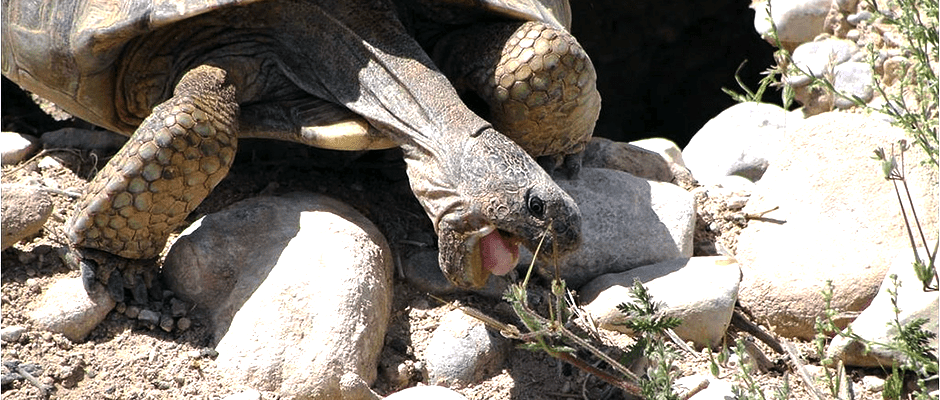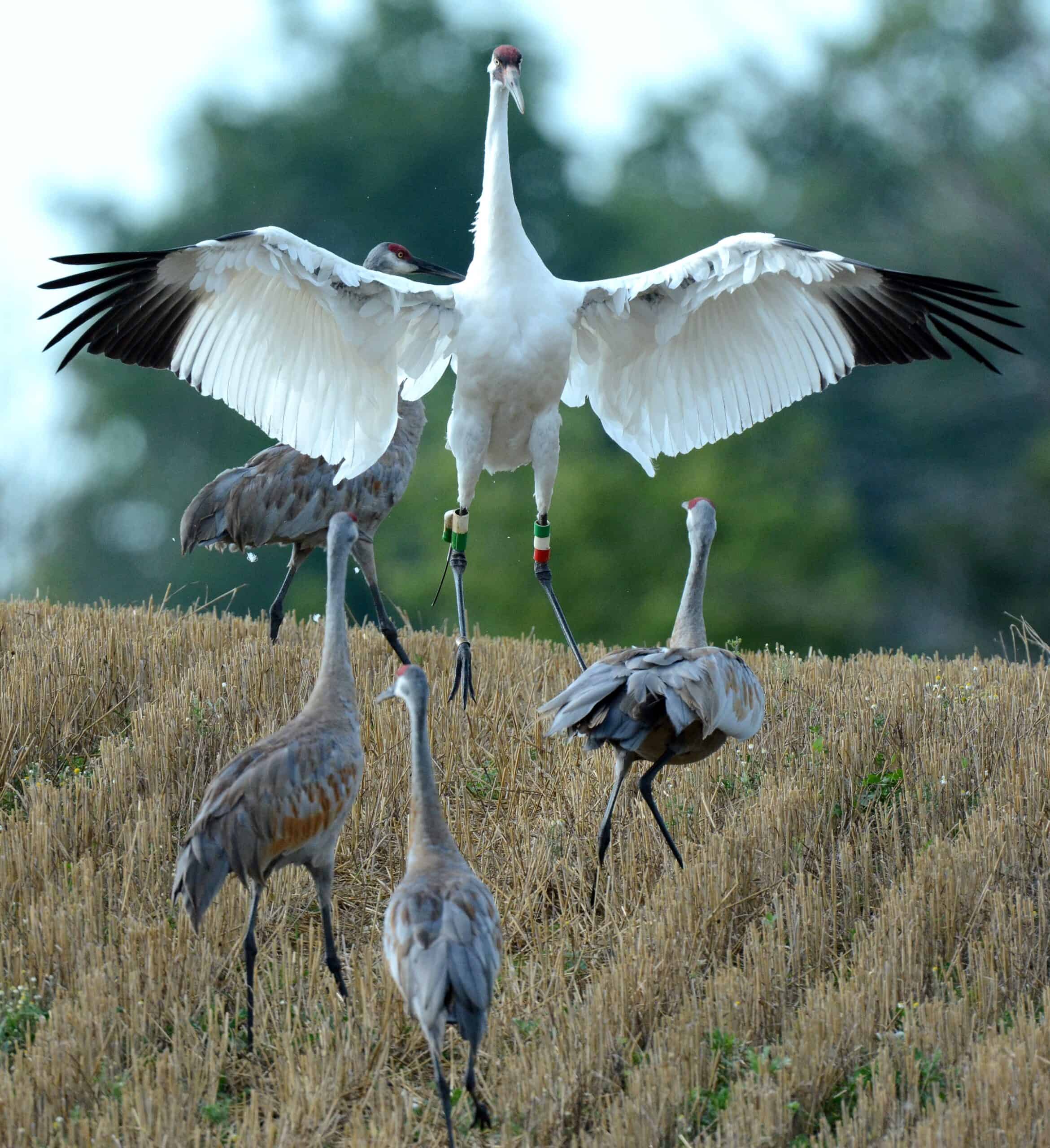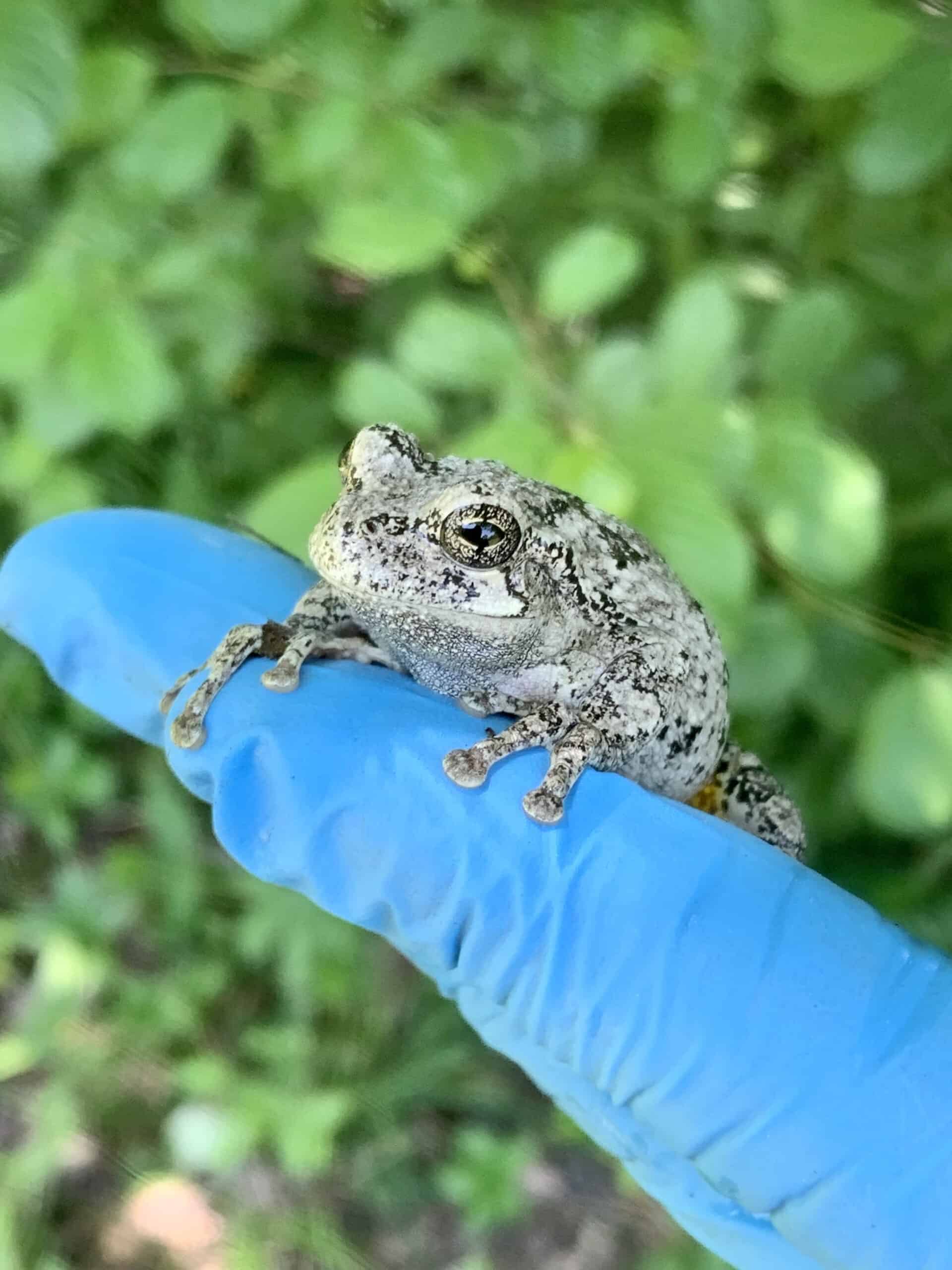Share this article
Potential ESA changes could affect threatened species
A proposed rule that would change a provision of the Endangered Species Act that has been used for 40 years to apply protections to threatened species is reportedly under consideration by the Interior Department.
Called the “blanket 4(d) rule,” the provision extends most protections offered to endangered species to threatened species, essentially treating both groups of species the same.
The U.S. Fish and Wildlife Service crafted the blanket rule in 1978 to extend to threatened species a range of protections, including prohibitions on sale and transport of listed species along with a ban on take of these species. Take is defined by the law as to “harass, harm, pursue, hunt, shoot, wound, kill, trap, capture, or collect” or attempt to do any of these.
The proposed rule change would affect how the USFWS implements Section 4(d) of the ESA. That section allows the U.S. Fish and Wildlife Service and National Marine Fisheries Service to establish special regulations to protect threatened species based on their individual conservation needs, rather than prohibit all take as is done for species listed as endangered.
USFWS occasionally creates a special 4(d) rule to allow certain actions that may result in take of a threatened species when those actions are not considered detrimental to its overall recovery. These species-specific rules are used to reduce the regulatory impact a species listing can have on landowners, businesses and residents in designated critical habitat. They allow select regular actives to continue when not in conflict with the conservation of the species, even if they result in some take. This potentially reduces the regulatory burden on the public and allows USFWS to devote resources to threats that have greater impacts on a species’ recovery.
The draft of the prospective rule change was leaked to the media on April 5. The new rule, if implemented, would not affect the protections of any threatened species already listed, but it would eliminate the standard blanket protections for future threatened species. The USFWS would need to specify what protections would be needed for any species listed as threatened in the future.
This change would make management of threatened species more similar to what the National Marine Fisheries Service already does for marine species.
Conservative lawmakers and private-property supporters have often supported removing or reducing the blanket 4(d) rule since it would reduce the burden of complying with ESA regulations. Others believe the change could allow management better tailored to the needs of each species.
However, this would be a major change to how regulations around threatened species have been handled historically.
The USFWS says species specific rules have proven beneficial in the past, like in cases of the coastal California gnatcatcher (Polioptila californica californica) and the Kentucky arrow darter (Etheostoma spilotum). According to the agency, the special rules allow USFWS to reduce redundant permitting requirements, facilitate beneficial projects that might result in take and use resources more efficiently. In the case of the Kentucky arrow darter, a special rule exempted take from stream enhancement projects and bridge and culvert replacements on USFWS lands.
The proposed rule is still a draft, so the language may change before it is officially released in the federal register. The draft also references two other proposed rules that would be released in the federal register on the same day. Those drafts have not been released.
See The Wildlife Society’s standing position statement on threatened and endangered species and Technical Review: Practical Solutions to Improve the Effectiveness of the Endangered Species Act for Wildlife Conservation.
Header Image: Threatened species like the desert tortoise (Gopherus agassizii) have been protected by a blanket rule that may not apply to future species listed as threatened. ©USFWS Endangered Species








